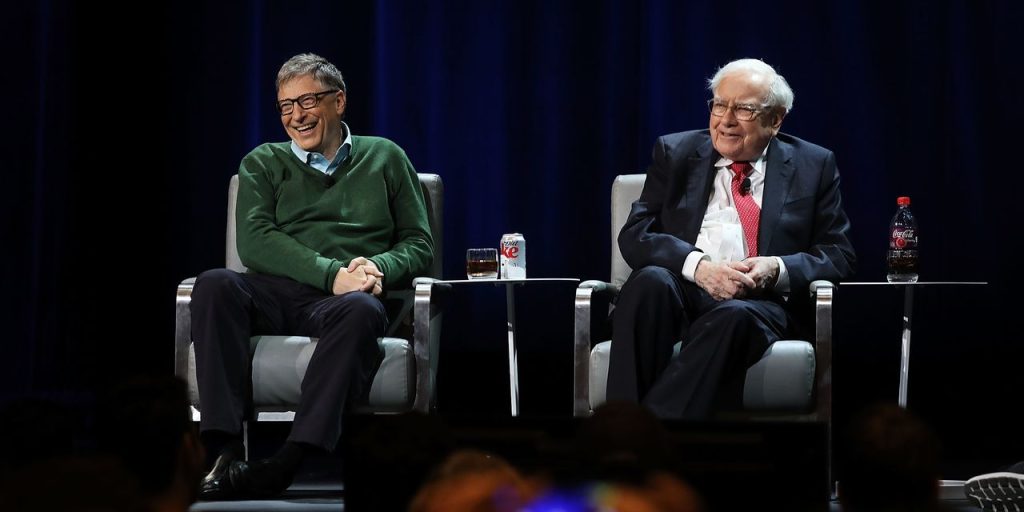Did Elon Musk respond? Or Jeff Bezos? How about Warren Buffett?
There were seven people who participated in the Fed’s authoritative survey of consumer finances that were so wealthy and prominent that the central bank excluded them from the public database of responses so that they could not be identified.
“By design, the [survey of consumer finances] sample excludes people who are included in the Forbes Magazine list of the 400 wealthiest people in the U.S.,” said the Fed. “However, there are several reasons why respondents with wealth at this level could appear in the sample anyway. In the 2022 survey, there were observations that had net worth at least equal to the minimum level needed to qualify for the Forbes list.”
The most recent Forbes 400 cutoff was $2.9 billion.
The Fed continued: “Because it would be very difficult to obscure sufficiently the identity of such people without rendering their data virtually useless, it was decided to remove them from the public version of the data set. Thus, the public version of the data set contains 4,595 of the 4,602 observations in the full data set,” noted the Fed.
That’s actually remarkable given the Fed goes out of its way not to find such respondents to the 28-page survey conducted on information ranging from payment methods to vehicle ownership to charity to pensions. Findings from the survey include the median, and average, value of net worth for U.S. households.
Related: Are you in an average American family? Then you’re a millionaire.
But to understand how the Fed tries not to find the super-duper-wealthy, you have to first understand why it makes an extra effort to look at the finances of wealthy people.
As the Fed put it: “Evidence suggests that there is differentially higher nonresponse among wealthy households. Failure to account for such differences in the creation of analysis weights leads to a misrepresentation of the size of the upper tail of wealth and characteristics associated with being in that tail.”
So in addition to a national random survey, the Fed also went after this hard-to-reach segment with an assist from the Internal Revenue Service, which gives it special access to tax records. In fact, it’s a delicate, three-way partnership between the Fed, the University of Chicago’s National Opinion Research Center that carries out the polling, and the Internal Revenue Service; the IRS doesn’t receive the survey responses, for instance, while the Fed doesn’t get the contact details.
It’s all the more remarkable that the seven super-rich people responded, because the list that the IRS hands over to the University of Chicago is specifically scrubbed of Forbes 400 members, or in fact any person that would be easily identified by their sociodemographic characteristics.
That suggests for instance that these are newly minted billionaires; that Forbes has missed a few people; or, probably less likely, that the sample of the “normal” people somehow stumbled on seven of these mega-rich.
In all, there were 1,304 wealthy families targeted through this special polling. And even in the public database, there were billionaires.
The Fed, it should be noted, did alter some details to obscure identities in this public database, and it wouldn’t say which or whose details have been altered. But there were 20 entries who responded to the Fed that listed a net worth of at least $1 billion.
They’re all old — ranging in age from 61 to 88 — mostly men, and mostly white.
Read the full article here
